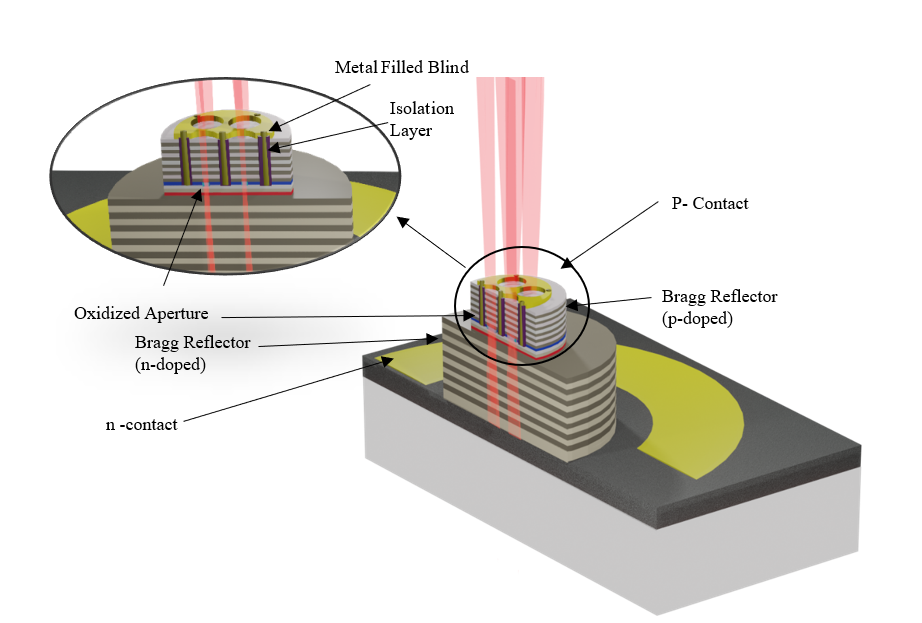
Vertical Cavity Surface Emitting Laser (VCSEL) presents the basis for large data rate optical interconnects in data centers. Presently, VCSELs have replaced edge-emitting lasers for distances below 500 m due to their profound advantages, like on-wafer test possibility. The demand for VCSEL has significantly increased with the development of autonomous vehicles.
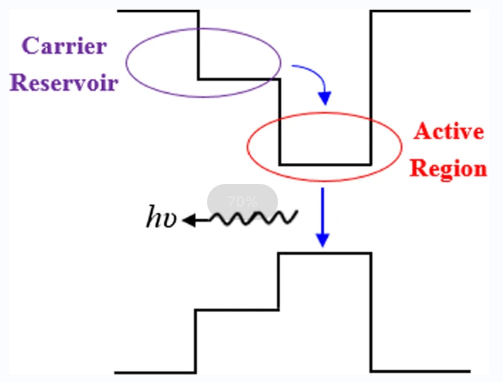
Because of its unique characteristics, such as small size, low power consumption, wide gain bandwidth, integration potential, and ease of connection with other optical devices, the semiconductor optical amplifier (SOA) has played a major role as a nonlinear element in the design of all-optical logic gates in recent years. Despite these appealing characteristics, traditional SOAs suffer from a slow gain recovery time, which makes them difficult to use in applications with data rates above 100 Gb/s.
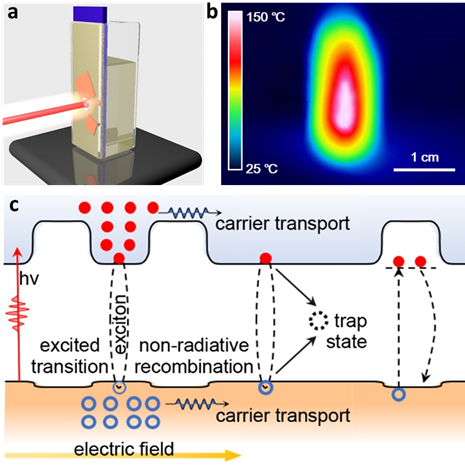
Perovskite is a star candidate photoactive material in optoelectronics fields with extremely excellent optical and electrical properties. However, its limited vis-band light absorption prevents it from stepping beyond the vis-band optoelectronic applications.
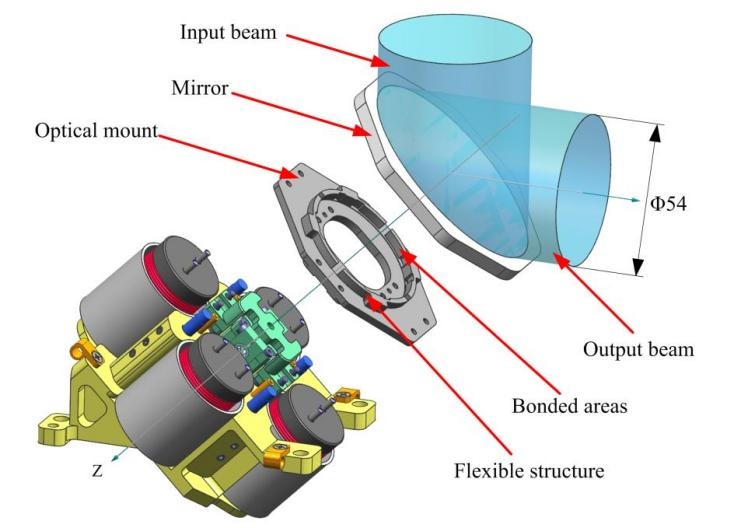
Fast steering mirror (FSM) is an optical device commonly used in aviation. It is usually applied in the field of optical pointing, image motion compensation and stable tracking. In FSM, the material used in the mirror is usually silicon carbide or mono-crystalline silicon, which exhibits light, small size, and high optical surface accuracy. In the preparation process, bonding is the key step. The curing process of the adhesive layer usually affects the surface accuracy.
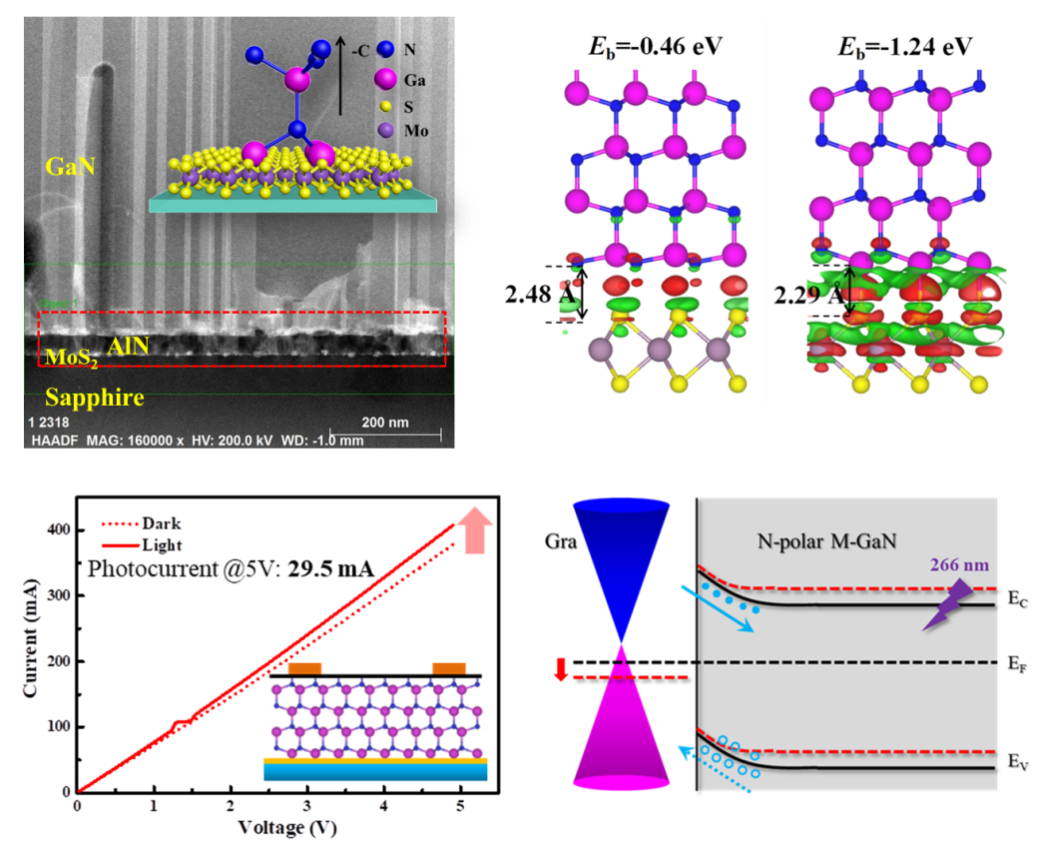
Gallium nitride (GaN) has severed as one of the most crucial photoelectronic and electronic materials during past few decades, promoting numerous advances for light emitting diodes, photodetectors and high electron mobility transistors. The wurtzite structure of GaN makes it in an inversed symmetry along the [0001] direction. Thus, GaN processes two different polarities named Ga-polar and N-polar. The modulation of GaN polarity exhibits great meaning for flexible device design with high performance.
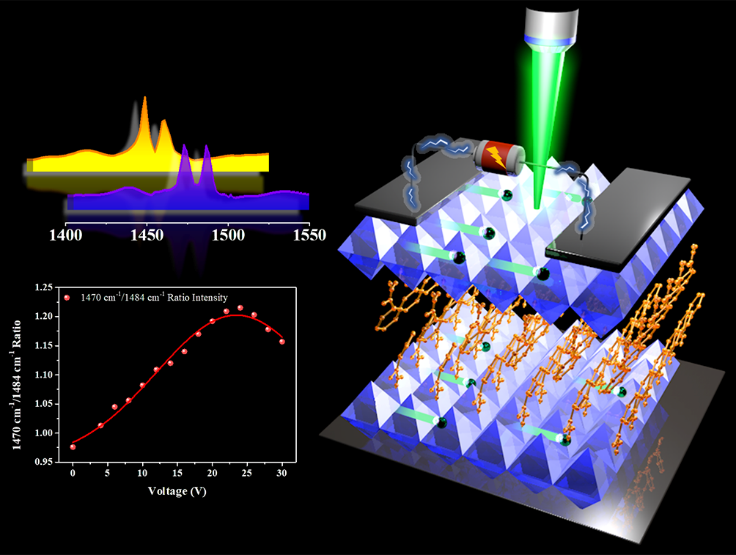
Halide perovskites have been widely explored as efficient photo-responsive materials for applications in many optoelectronics areas owing to their unique optoelectronic properties and facile processing. However, the poor stability of these materials is still a substantial challenge for their commercialization.
